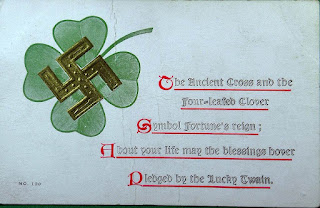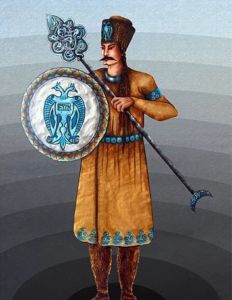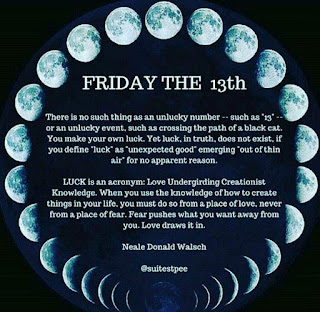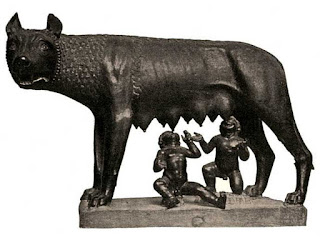Druid symbol/Four leaf clover

"The Druid symbol is the four-leaf clover , considered up to the present as a sign of good luck and happiness. It is a non-existent flower already. The four-leaf clover is a swastika that spins, forming a double eight, sign of eternity, of the twice born, of the immortality won in hard combat. It is also a carbuncle fallen from the sky. It is the Gral. Furthermore, it symbolizes the division of society into four and the harmonious organization of the world of those times. The Druid was seated in the center of that flower." Excerpt from The Golden Cord, 1978.










